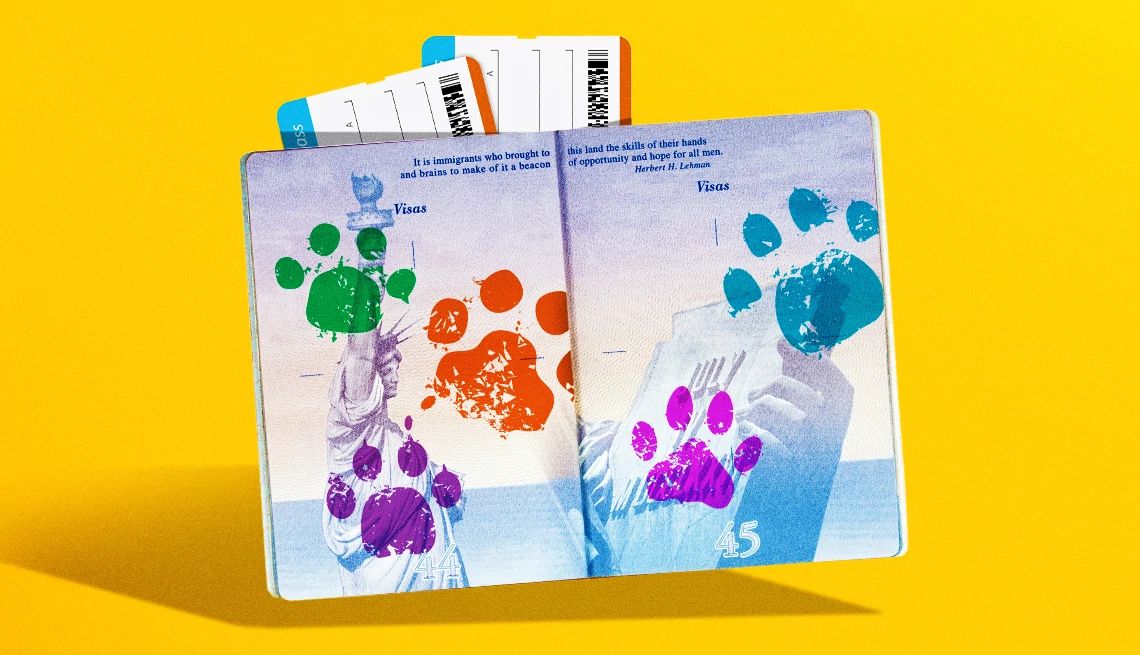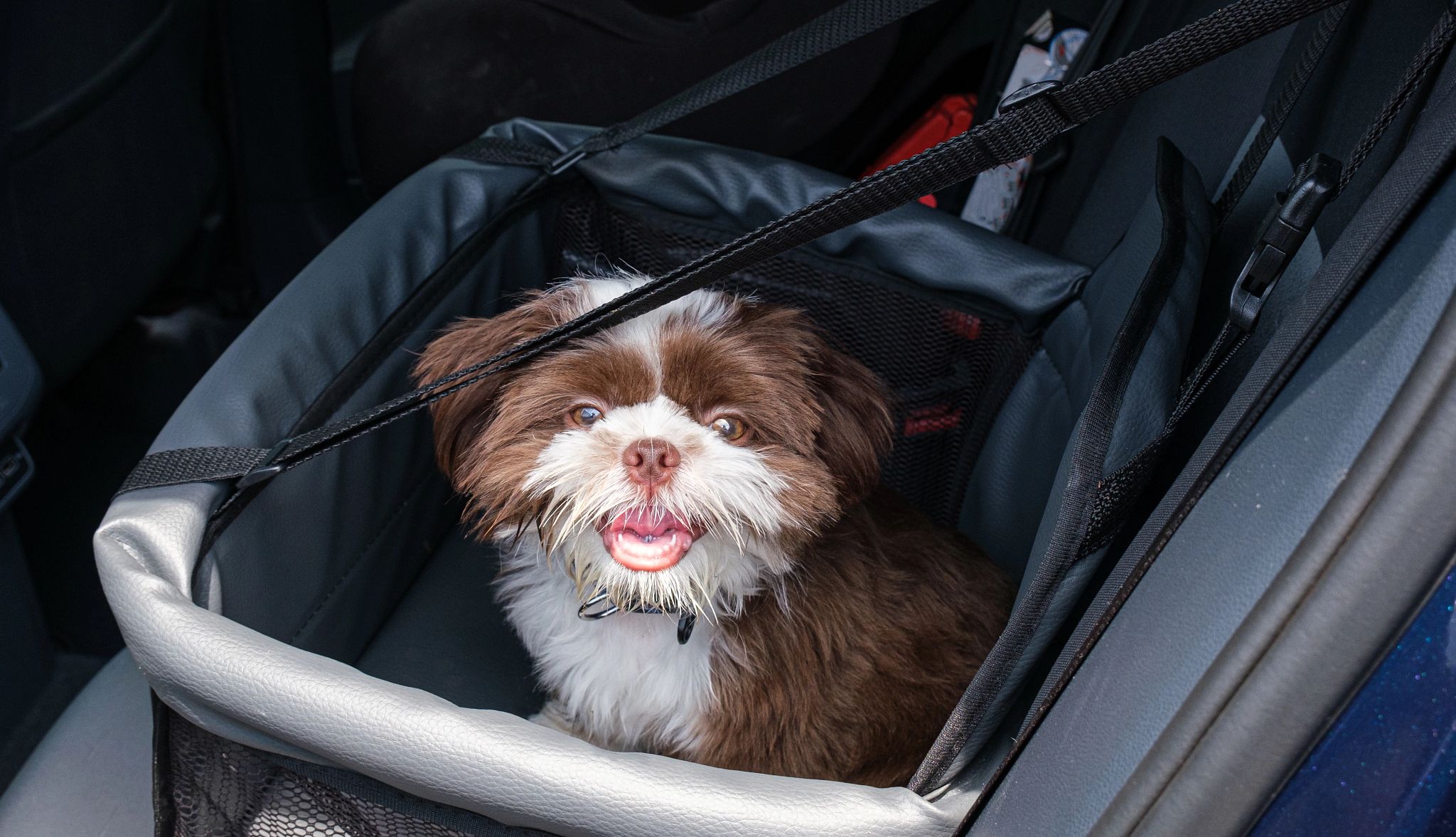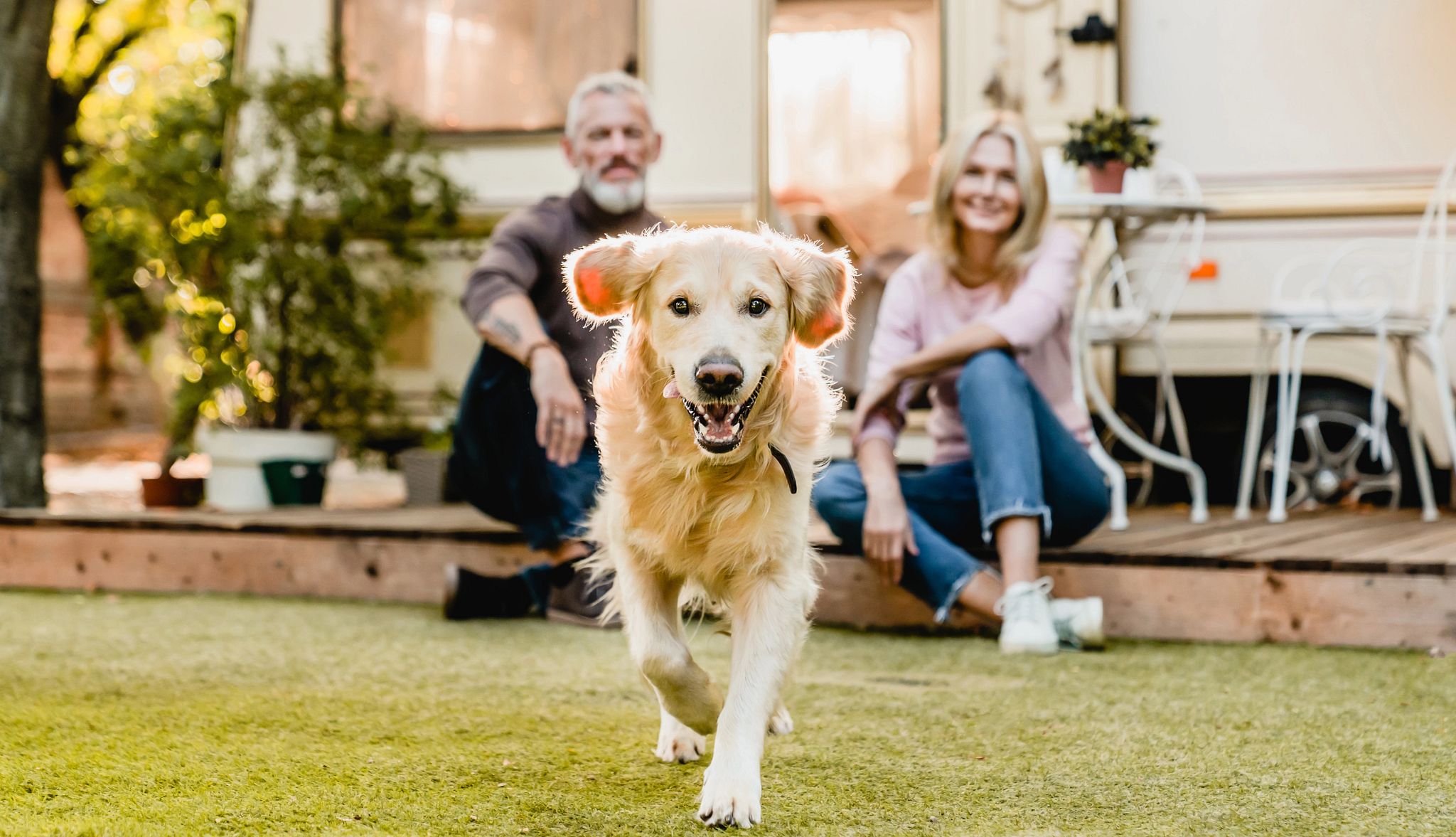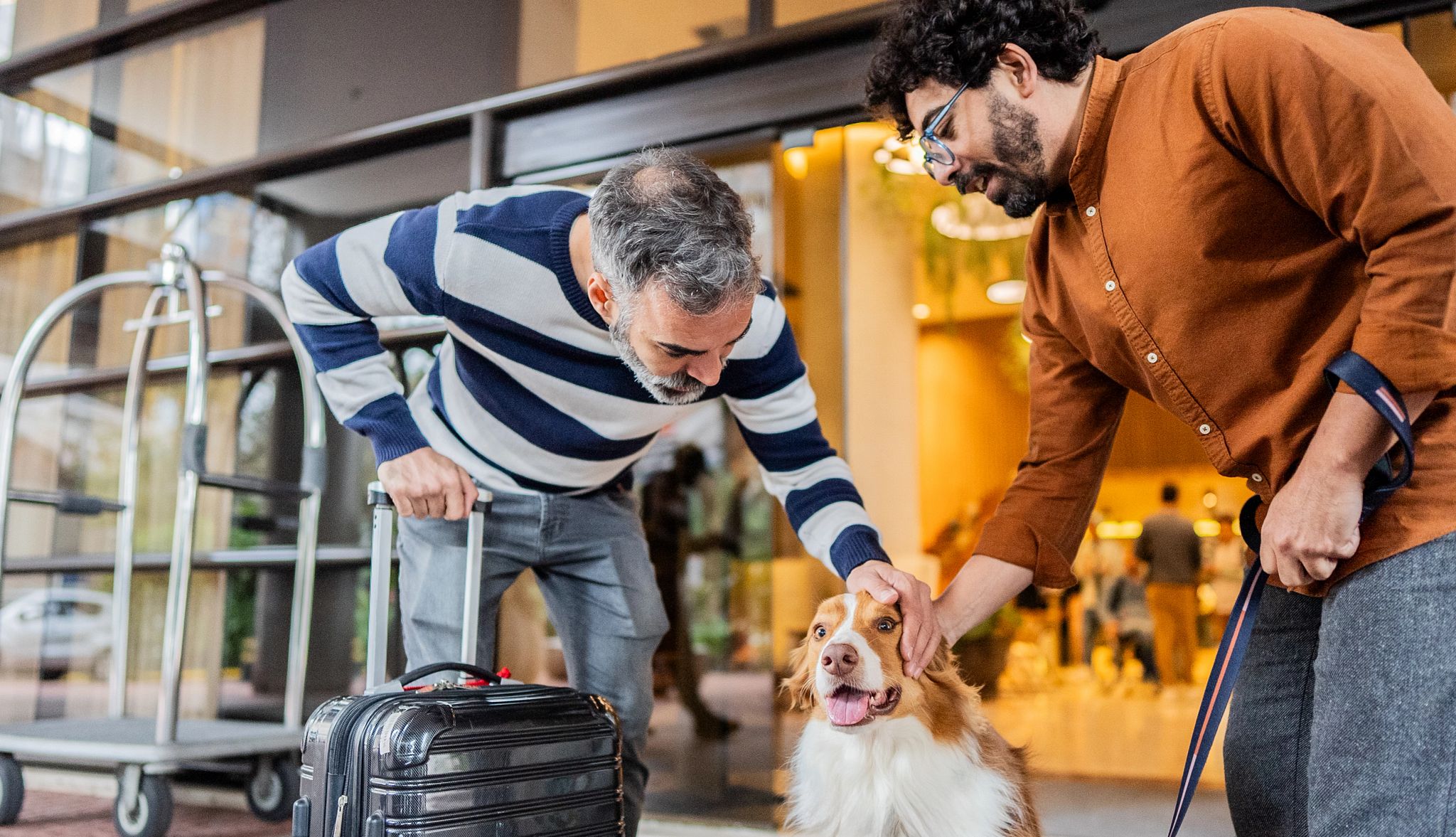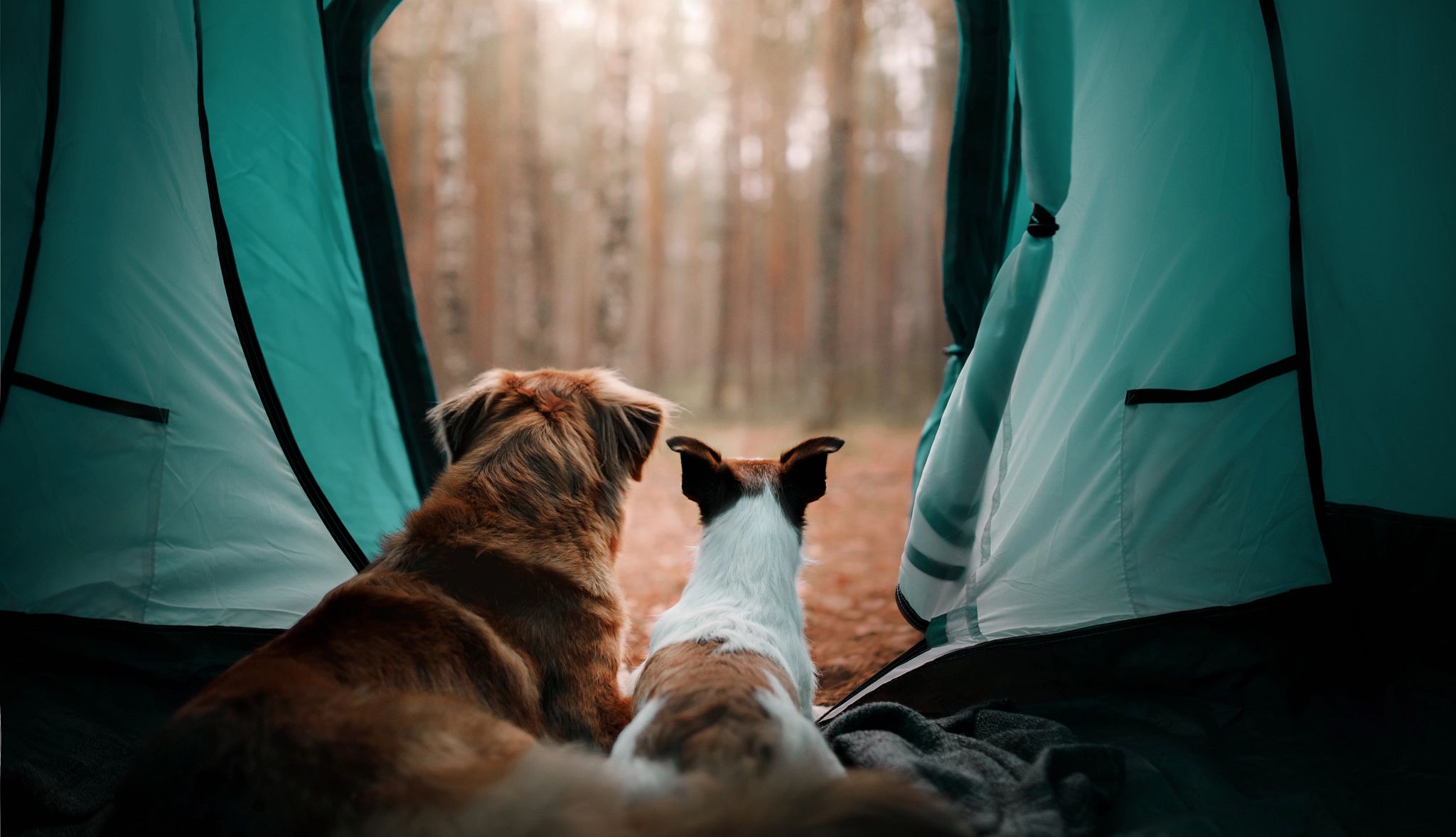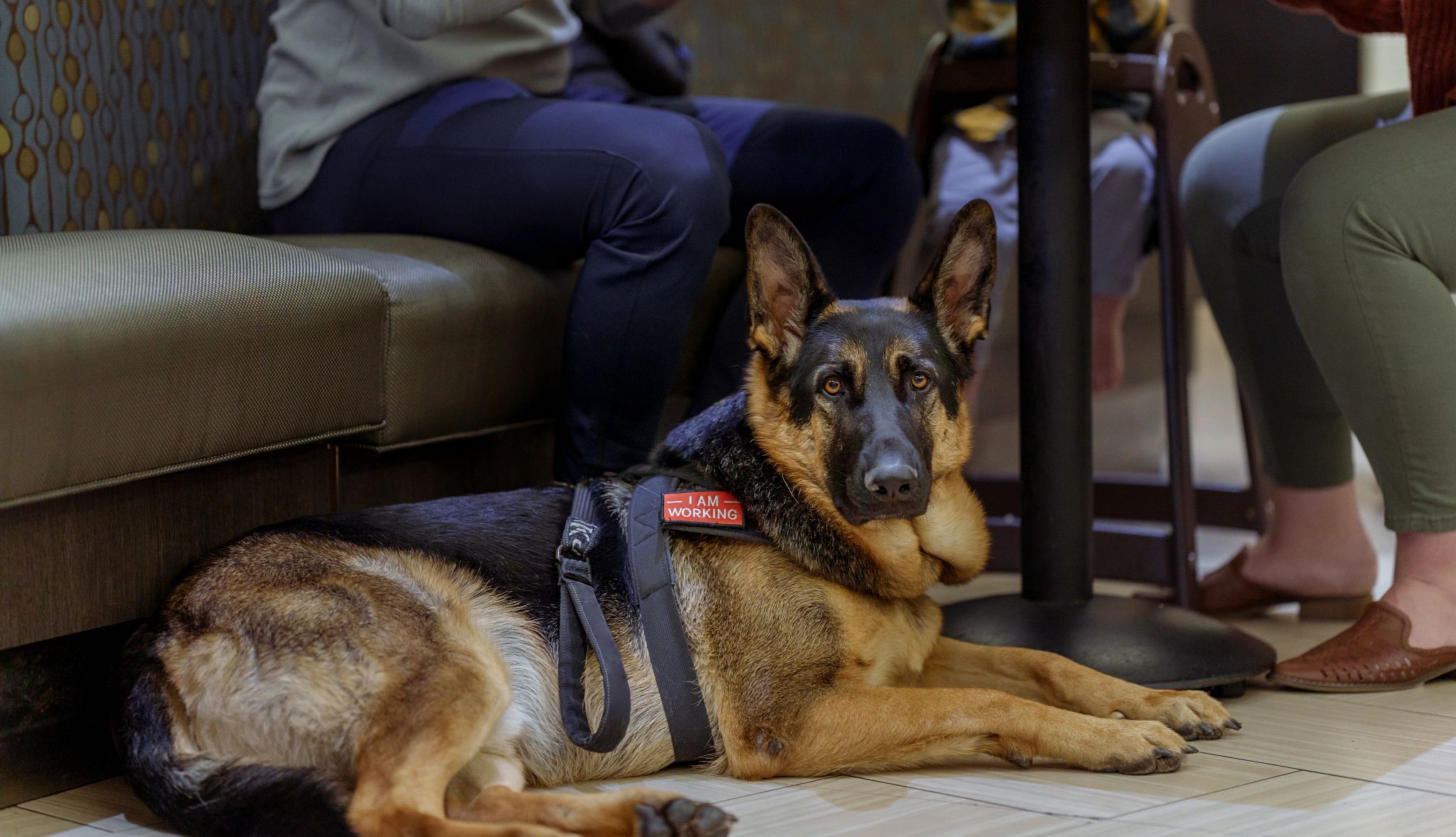AARP Hearing Center
Taking pets on vacation has never been more popular, according to a 2024 survey by the American Pet Products Association. No matter the method of travel — car or plane — significantly more dog and cat owners were taking their furry friends with them on three or more trips per year, compared to data from 2022.
Want to take Rover or Fluffy on your next out-of-town adventure? Here’s your guide.
WHERE TO START

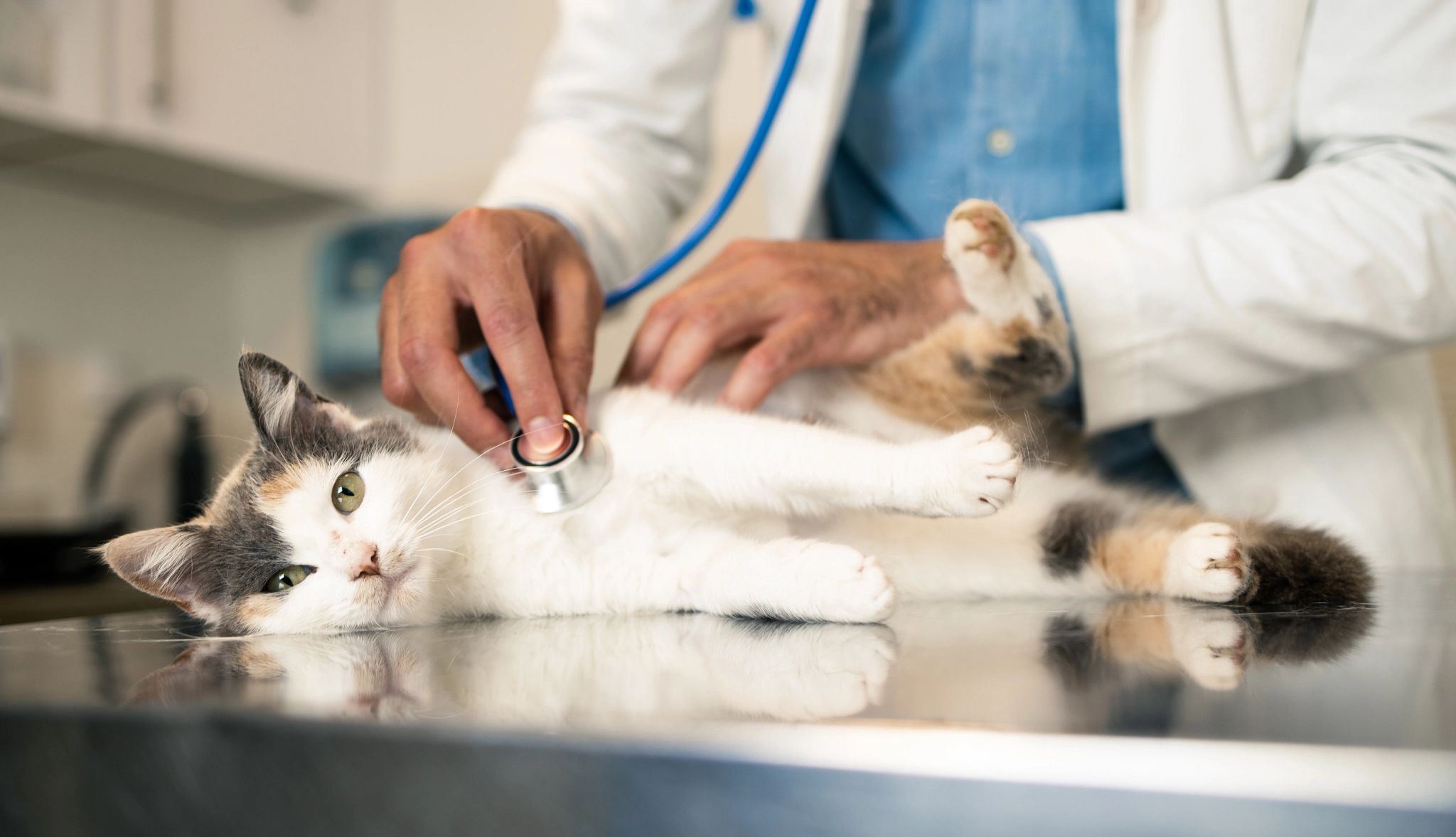
1. Book a vet visit
Ahead of your trip, make sure your pet is healthy and able to withstand travel, says Ken Pawlowski, a veterinarian at Insight Veterinary Wellness Center in El Dorado Hills, Calif. For instance, a pet with heart problems may not feel great at high altitudes in the mountains or on airplane flights, “so [pet owners] need to have a discussion and make a plan for that,” Pawlowski says. Talk with your vet to determine if other medications, such as anti-anxiety pills, would be helpful. Pawlowski also recommends that you “make sure, if they’re on any type of chronic medication, that you have a reasonable supply or a plan of how to acquire that.”
2. Have medical records on hand
Life is unpredictable, so have your pet’s medical records with you in case it needs veterinary care while away, says Jessa Paschke, a behaviorist with Mars Petcare’s Pet Parent Partners team. This documentation should include proof of vaccinations and copies of any records that pertain to an existing condition. You also may need to get a veterinary health certificate, which confirms that the animal meets the health requirements for the state or country you are traveling to. Refer to the U.S. Department of Agriculture’s Animal and Plant Health Inspection Service website for state or international requirements.
3. Pack more than you need
Your pet’s travel kit should include the everyday essentials: bowls, food, treats, medications, waste disposal bags and a leash, Paschke says. While sometimes less is more when traveling, this is not the case with pets, according to Pawlowski. You need to be prepared in case of weather or traffic delays. “Travel can unfortunately be extended by days or longer sometimes, so make sure you have plenty of whatever they need — and that would go double for any medications they’re on,” he says. Speaking of packing, consider special rolling suitcases designed specifically for animal travel. They include collapsible food bowls, placemats, several zippered compartments, lined food carriers, zip-off treat pouches and a food scoop; you can find them at major pet-supply retailers.
4. Bring along the comforts of home
The more familiar pet items you bring, the more at ease and secure your pet will feel on vacation. If you can, take a bed or blanket that they’re used to, Pawlowski says. Pack a few favorite toys and treats as well.
5. For cats, there’s no place like home
Speaking of recognizable items, Pawlowski says one thing is especially important for feline friends: a similar litter box and the exact same kitty litter. “Dogs are bonded to people. But cats are bonded to areas and places,” he explains. “If you have a totally different litter box and the litter has a different scent to it, and they’re stressed out, they may not want to use that.”
6. Check the weather
Animals from warm-weather climates that are going someplace cold may need a sweater or jacket. This is especially true for small animals with thin coats of fur or hair. Make sure your pet gets used to wearing it before leaving home. “Don’t just take it with you and assume that they’re going to be OK,” Pawlowski says. “Some dogs aren’t used to doing it, and the first time you put it on they’re gonna flop over on their side and think they’re dying.”
7. Consider microchipping
“No matter where you’re headed or how you plan to get there, make sure your pet is microchipped for identification and wears a collar and tag imprinted with your name, cellphone number and any relevant contact information,” says Pamela Reid of the ASPCA Behavioral Sciences Team. Roughly the size of a grain of rice, a pet microchip is a radio transponder with its own unique number that is injected under the loose skin between a pet’s shoulder blades. When scanned by a vet or shelter, it provides identifying and ownership contact information to a computer. The procedure to implant a microchip costs about $25 to $60, according to GoodRx.
8. Bring out the carrier a few days ahead
Because leaving home can stress out some cats, make sure you use a carrier to which they’re acclimated, Pawlowski says. “The best thing for a cat is to leave the carrier out for a couple of days in advance with the door open. Cats fall for this every time.” Much like the irresistible empty cardboard box, he says, “They’re going to go sit in there. Then the morning of the trip, when they’re in there, just shut the door.” Also, make sure the carrier has a towel or bed inside with their scent on it.
AIR TRAVEL

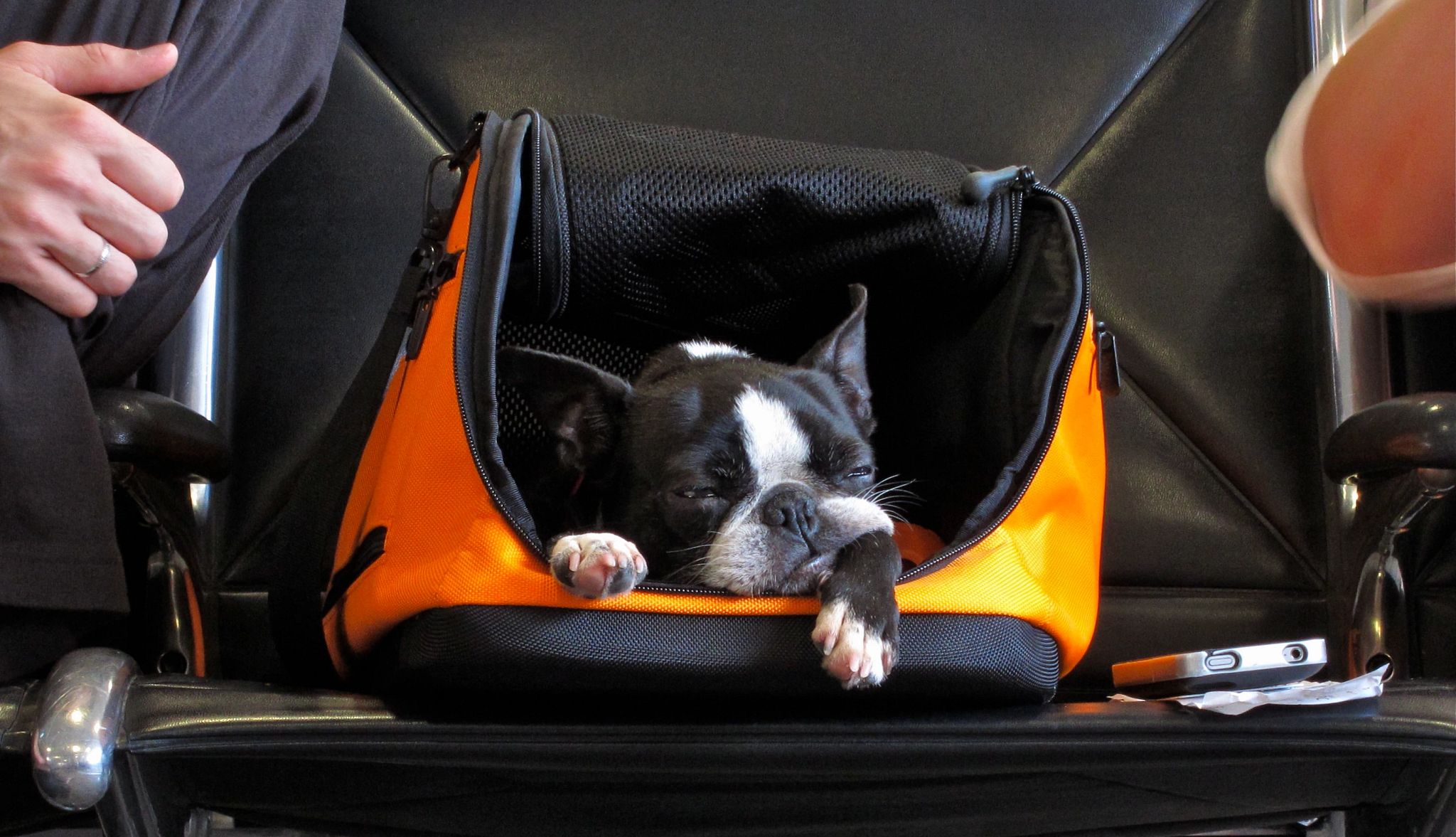
9. Know what’s allowed
Research the airline’s pet policy, and when you book your ticket, be sure to indicate you are bringing a pet. Cats and small dogs can be brought with you into the passenger cabin, in a carrier. Size limits vary by airline. For instance, American Airlines limits pet weight to 20 pounds, including the carrier. Other airlines may simply indicate that the carrier must fit under the seat in front of you, so be sure to look up the allowable dimensions for your particular airline. A pet in a carrier will count as a carry-on item, and you should prepare for an additional fee of at least $100 each way, according to tripadvisor.com. Some airlines limit the number of animals that can be on a flight, so it’s best to book early.
10. Look into cargo rules
If your dog is too large for a carry-on carrier, it will need to be booked into cargo, but be aware that not all airlines offer this service. Pets traveling in cargo are placed in a temperature-controlled area separate from the luggage, and their kennels are secured to stay in place. Some airlines — including American, Delta and United — have strict restrictions on who can book a pet into cargo: U.S. military active-duty personnel, for example, or U.S. State Department Foreign Service officials traveling on official business. In addition, airlines may restrict pet cargo travel if temperatures in the departure, arrival or layover city get too hot or cold. This is a situation you want to avoid if you can. While putting an animal in the cargo hold “is not ideal,” Pawlowski says, “some owners may not have a choice.”
11. Food and water prior
Celebrity hairstylist Chaz Dean, founder of WEN hair-care products and WEN Pets, has traveled coast to coast with his four Labrador retrievers for more than a decade. He feeds his dogs two to three hours before leaving and encourages a lot of water consumption up until about an hour before they leave for the airport. “Then we make notes — we have to make sure, because there’s four of them — that they all pee and poo, because you don’t want that happening on the plane,” says Dean.































































